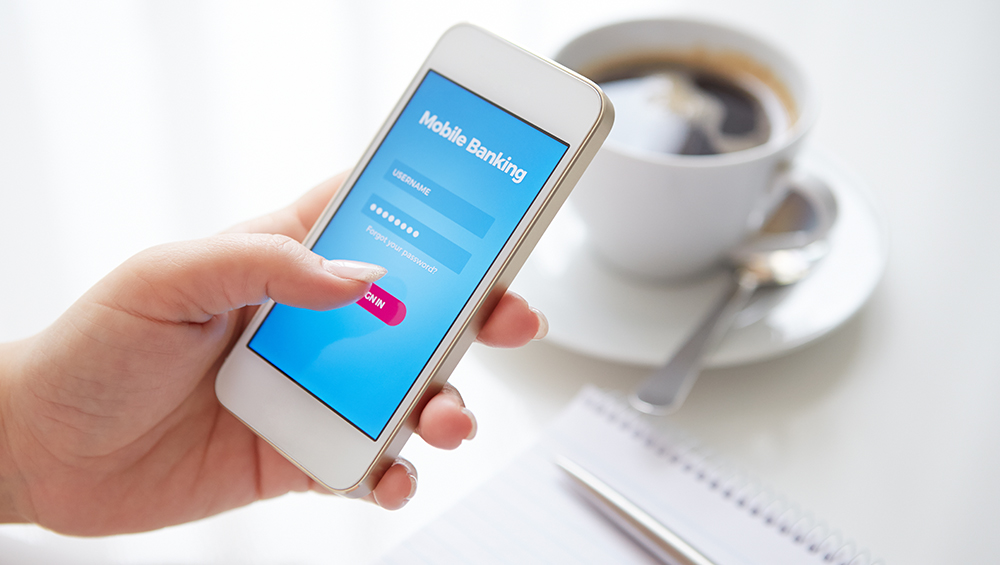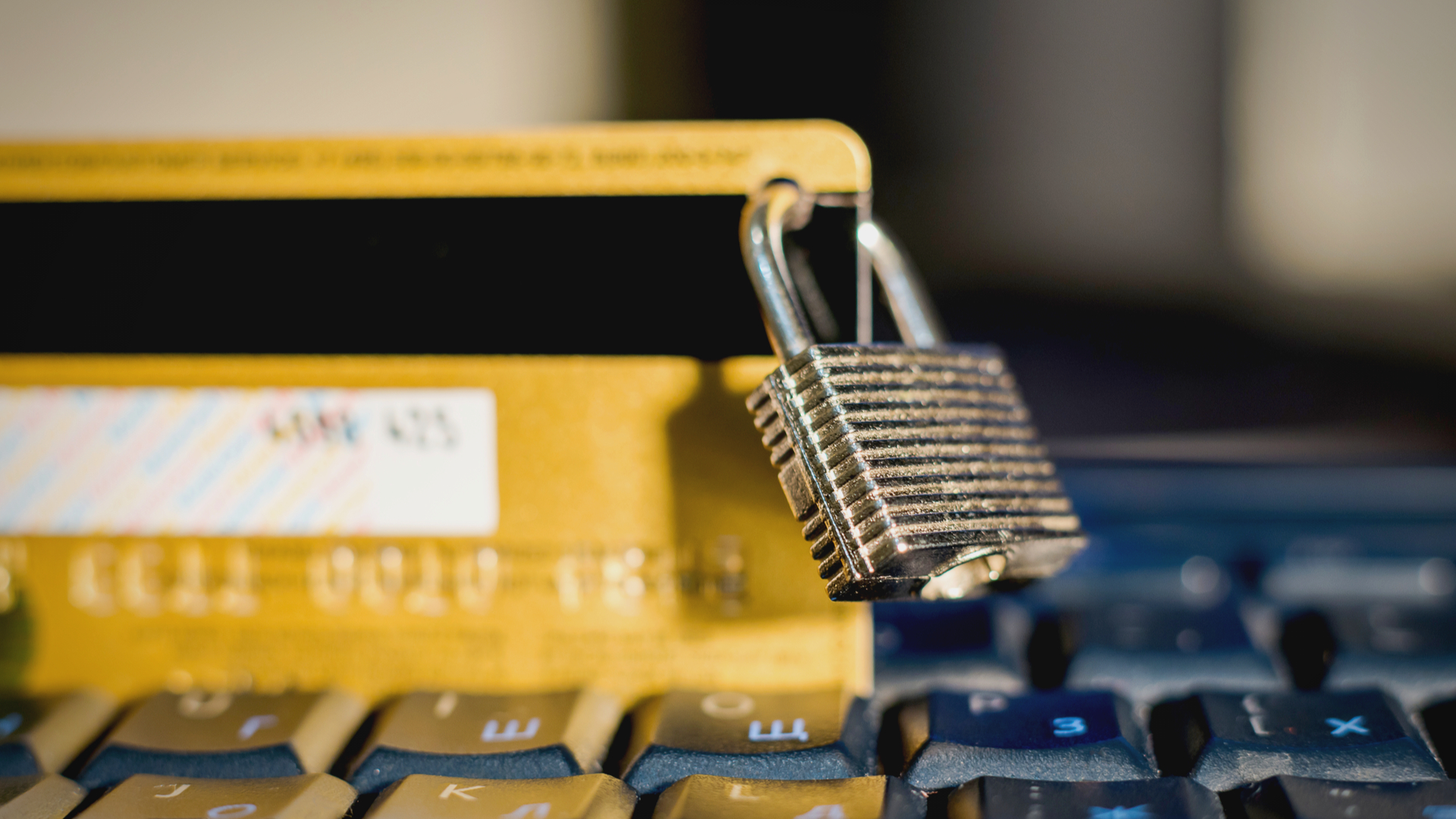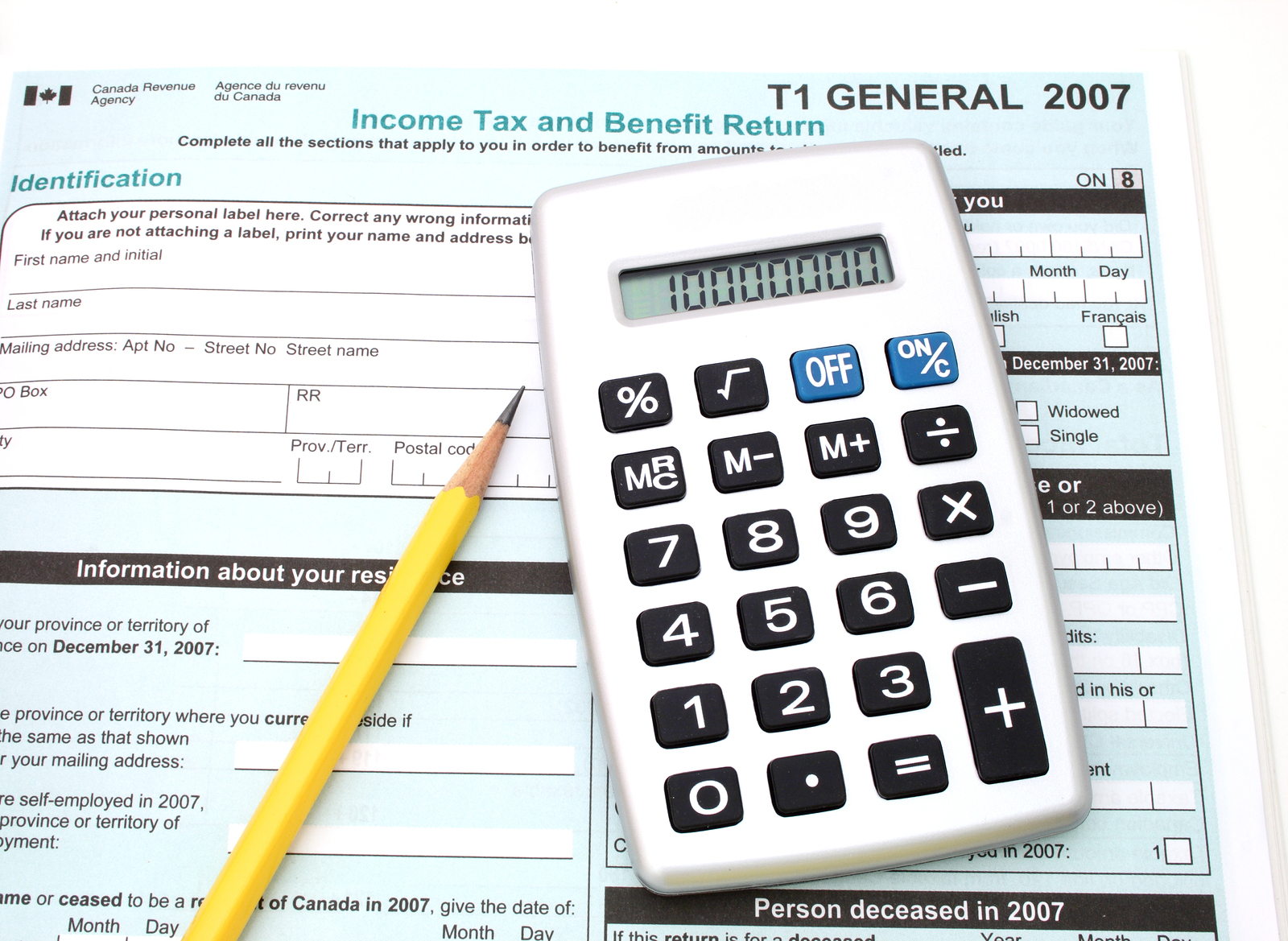Identity theft: How to check if your ID has been stolen
A step-by-step guide to keeping your identity safe


Identity theft is a serious and unnerving crime. You could be a victim of it for some time without realizing, after which you might be left with troubling financial, or even legal, repercussions.
What’s more, identity theft can take several forms—from credit card cloning to online account hacking. Therefore, exploring the best identity theft protection is a wise move.
If you’re worried that you might be vulnerable to ID theft, there are some tell-tale signs to look out for, as well as proactive steps you can take to stay safe—all of which we’ll discuss in this article. Here’s everything you need to know about identity theft and how to check if you've been a victim of this crime.
Step 1: Check your bank account for unusual transactions

It’s important to carefully and regularly check your bank account and credit card statements—ideally every week—so you can quickly spot unfamiliar transactions. If you know the normal patterns of your expenditure, you can easily identify unusual activity.
Check for outgoing payments to vendors/services you don’t recognize, as well as any other spending or cash withdrawals that don’t seem right—however small. These could be signs that a criminal has stolen your banking or credit card details, perhaps by hacking into one of your online accounts or by cloning your card at an ATM.
If you’re sure that a transaction wasn’t made by you, you should immediately report it to your bank/credit card company. The faster you raise the red flag, the less damage a criminal can do.
Step 2: Check for suspicious activity on your online accounts
These days, most people have multiple online accounts containing sensitive data, including your home address, date of birth, and banking details. Therefore, these accounts are natural targets for identity thieves.
Get the ITPro daily newsletter
Sign up today and you will receive a free copy of our Future Focus 2025 report - the leading guidance on AI, cybersecurity and other IT challenges as per 700+ senior executives
It’s important to look out for any activity that you can’t explain, including login attempts from unknown devices or locations, unauthorized password changes, and unfamiliar times and dates relating to last access. These could be indications that a cybercriminal has hacked into your account and should be investigated.
If you’re confronted with suspicious activity, re-secure your account by changing your password, remotely logging out on all devices, and enabling two-factor authentication (which means a second piece of verifying information, like a passcode or PIN, must be provided to log in). You’ll also want to check your bank account to see if any unrecognized purchases have been made.
Step 3: Look out for unusual emails, texts, and letters

Mail from an unfamiliar, official source could be an indicator of identity theft. This might be something like a letter from a bailiff demanding payment for debts you don’t owe, or a registration email or text message from a paid service you didn’t sign up for.
Unsolicited mail may not seem like a big issue, but if it doesn’t feel right, don’t be tempted to pass it off as misdirected junk. Instead, contact the helpline of the relevant service provider, company, or bank and ask them to investigate any irregularities.
Step 4: Take note of how much mail you’re receiving
One tell-tale sign of identity theft is if the amount of mail you’ve received over a four or five-month period has noticeably decreased. This is particularly true for postal bank or credit card statements but it can also apply to emails—especially if you’ve opted to go paperless.
If you haven’t received your usual statements or other regular mail for a while, and your bank or provider can’t account for the delay, it’s worth alerting your postal service to the possibility of fraudulent mail redirection.
Additionally, if you’re waiting for a new credit card that should have arrived weeks ago, contact your credit card provider and query the delay. There might be a harmless explanation, but it’s also possible that an opportunist may have intercepted it.
Step 5: Check your credit report

Checking your credit report is an effective way to see if any large loans have been applied for in your name, and several companies can provide this service for free. It’s advisable to check your credit score at least once a year—if not quarterly or every month—to make sure you have an accurate record of your financial activities.
If your credit score is inexplicably low, it might be a sign of fraudulent activity. Check the contents of the report carefully to see if you can spot anything untoward.
If something is obviously amiss that you can’t find an explanation for, you should contact a consumer credit bureau such as Equifax, Experian, or TransUnion, and outline the problem.
Step 6: Check for data breaches
Data breaches are unfortunate and, sadly, largely beyond most people’s control. Thankfully, it’s possible to check if your personal information has been involved in a data leak.
Firstly, if you become aware that a company holding your personal details has fallen victim to a breach, you can contact them to see whether your data was leaked. Secondly, you can use a free online service like Firefox Monitor or Have I Been Pwned, to check if your email address has been linked with any known data breaches.
Having your personal details leaked doesn’t automatically mean that you will have had your identity stolen. That said, it does increase the likelihood, as your details may have featured on dark web marketplaces. So, it’s wise to invest in an advanced antivirus suite that includes continual dark web monitoring, such as Norton 360 with LifeLock.
Step 7: Check your tax return status

Individuals may become aware of identity theft when they go to submit an electronic tax return and find it’s automatically rejected. In these cases, it could be that a criminal has already submitted one in the victim’s name, to gain access to their tax refund.
If you’re concerned that this might have happened to you, you can log in to your online tax account to check if any unfamiliar tax returns have been submitted. Should you find you’ve become a victim of tax-refund identity theft, contact the revenue service’s fraud department without delay.
Step 8: Check that your ID documents aren’t missing
This might seem a little obvious, but keeping a watchful eye over your ID is important, especially when you’re out in public spaces.
If you lose your passport or driver’s license, for example, there’s a chance it could be picked up by a criminal who can then use it to steal your identity. Similarly, a mislaid credit card could be used to make dubious financial transactions if it’s not swiftly reported to your credit lender and cancelled.
Summary
Although identity theft can be difficult to detect, these tell-tale signs and their subsequent actions can help you protect yourself from ID fraud.
It’s important to keep a close eye on your bank account and credit card statements, as well as on any emails, letters, and texts you receive. It’s also worthwhile checking to see if your personal details have been involved in any online data breaches, while exploring different identity theft protection providers can give you the upper hand over fraudsters.
In all cases, proactivity is the key to keeping your data safe. By keeping tabs on your regular spending activities and any correspondence you receive, you should be able to spot any irregularities before they become a bigger problem.
Liam is a freelance content writer with two writing-based university degrees. He has accumulated knowledge in a variety of tech topics, including VPNs, antivirus products, cybersecurity, TV streaming, and popular apps. He also contributes to an arts and culture online magazine called Now Then, based in Manchester, England. In his spare time, he enjoys reading and writing poetry.
-
 Salesforce wants technicians and tradespeople to take AI agents on the road with them
Salesforce wants technicians and tradespeople to take AI agents on the road with themNews Salesforce wants to equip technicians and tradespeople with agentic AI tools to help cut down on cumbersome administrative tasks.
By Ross Kelly Published
-
 ITPro NAB Best of Show 2025 Awards winners unveiled
ITPro NAB Best of Show 2025 Awards winners unveiledThe best of the best have received accolades for their innovation at this year's NAB show in Las Vegas...
By ITPro Published
